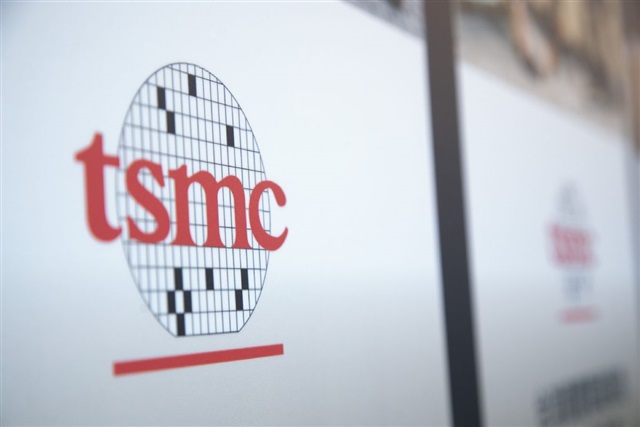Reports have emerged that TSMC's advanced packaging technology, CoWoS, is operating at only 60% capacity utilization. Such a supply-demand mismatch has confused the supply chain.
Capacity distribution and expansion plans
TSMC's CoWoS advanced packaging capacity is primarily distributed across multiple fabs in Taiwan. Additionally, expansion and retrofitting efforts are underway at the former Innolux AP8 fab in the Southern Taiwan Science Park (STSP).
The newest and largest advanced packaging site is the Chiayi AP7 fab, planned to house eight facilities, but not focused mainly on CoWoS. Instead, P1 is dedicated to Apple's WMCM line, P2 and P3 focus on SoIC, and panel-level packaging "CoPoS" is tentatively scheduled for P4 or P5, targeting mass production in the first half of 2029.
Projected capacity growth
Previous estimates indicate that TSMC has accelerated CoWoS packaging capacity expansion in recent years, with over half of this capacity allocated to Nvidia. Other ASIC chip customers like AMD have also increased wafer starts. Monthly capacity is projected to reach between 65,000 and 75,000 units by the end of 2025, rising to around 100,000 units by the end of 2026. Expansion drivers include the AP8 fab and upcoming expansions at US-based AP9 and AP10 fabs.
Supply chain implications
Supply chain insiders suggest this situation may stem from TSMC's rapid expansion outpacing actual demand or possible short-term adjustments in wafer starts from Nvidia and other ASIC clients.
While AI demand remains strong and TSMC maintains a positive long-term outlook on AI growth, there is evidence of restrained spending on CoWoS equipment procurement behind the scenes. After fulfilling existing order books, which typically cover six months to a year, advanced packaging suppliers may see a deceleration in new orders.
Industry sources note that equipment vendors often serve as lagging economic indicators. For example, during the initial AI demand surge, TSMC repurposed the InFO production line at Longtan to produce CoWoS at STSP because some equipment could be shared. However, due to uncertainty regarding long-term AI demand, initial equipment orders were modest. It was only during the second wave of demand acceleration that TSMC placed substantial follow-up orders, significantly boosting equipment vendor sales.
If the reported 60% CoWoS capacity utilization rate holds, it suggests that near-term equipment procurement for advanced packaging will likely slow down, pending new order releases tied to upcoming fabs in Chiayi and the US.
Article edited by Jerry Chen



